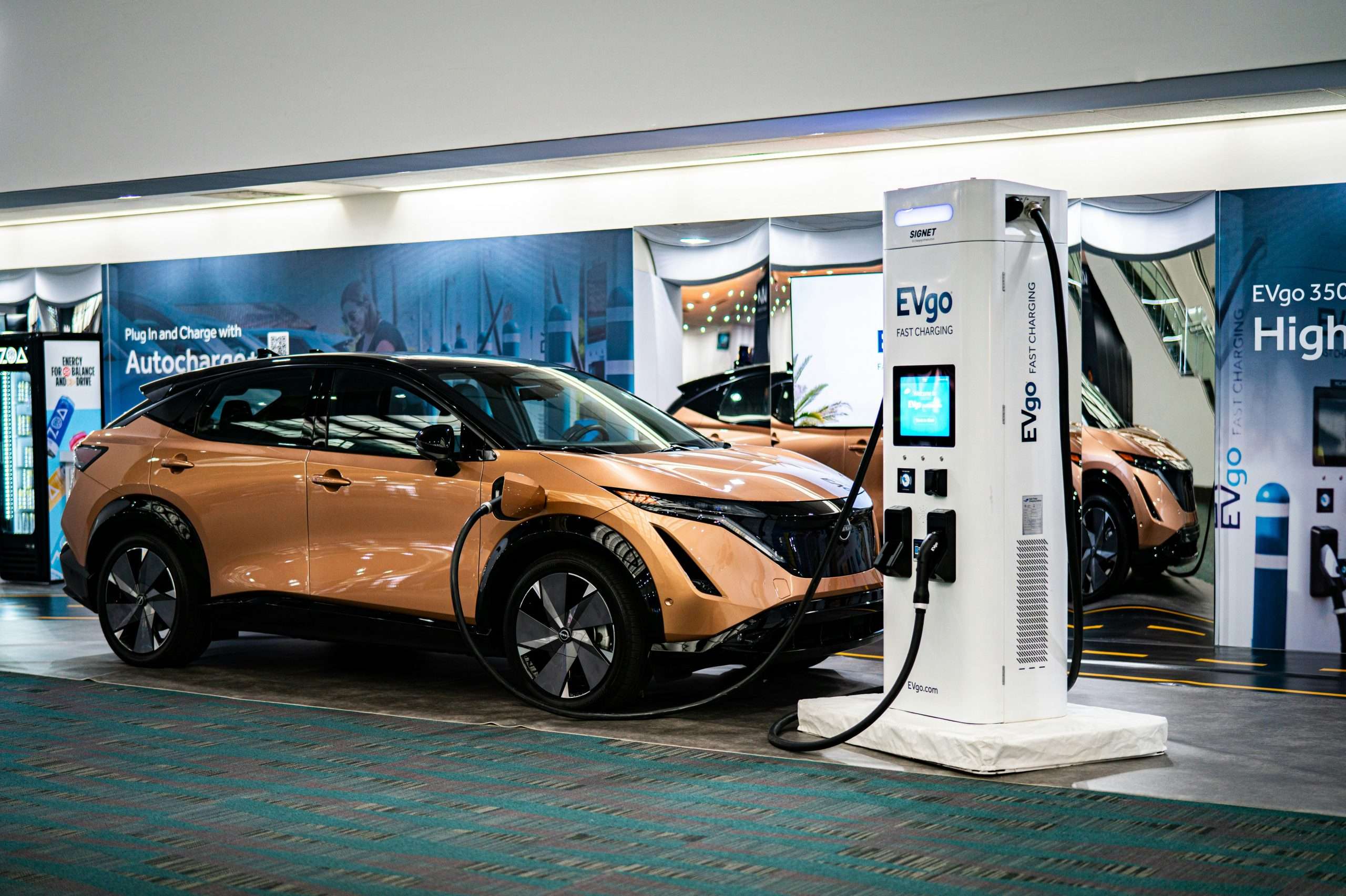Revving Up EV Financing: How AI is Transforming Electric Vehicle Funding Amidst Global Growth Challenges
As the electric vehicle (EV) market faces challenges in 2024, the financial systems supporting its growth are becoming a focal point. With fluctuating consumer adoption rates and regional disparities, the importance of innovative financing strategies is more crucial than ever. This article explores the evolving landscape of EV financing and how AI-driven analytics could pave the way for a more resilient future.
The Current State of the Global EV Market
Once celebrated as the future of transportation, the global EV market is now experiencing uneven growth and increasing pricing pressures. Key challenges include:
- High Vehicle Prices: The average price of an EV in the US exceeded $57,000 in 2024, which is a 19% premium compared to the industry average.
- Sparse Charging Infrastructure: Only eight of the planned 500,000 federally funded EV chargers have been deployed by mid-2024.
- Regional Disparities: Consumer adoption rates vary significantly across different regions.
Despite these hurdles, government incentives have played a pivotal role in sustaining growth. Discounts averaged over 12% of the transaction price, while leasing loopholes provided broader access to subsidies.
Leading Players in the EV Market
Amid the challenges, some manufacturers continue to thrive:
- Tesla: Maintained its leadership position with a 6.6% sales increase, aided by the successful launch of the Cybertruck.
- General Motors: Experienced a remarkable 60% sales surge, surpassing Hyundai with 32,095 units sold.
Looking ahead, projections for 2025 are optimistic, with GlobalData predicting a rise in battery electric vehicle (BEV) sales to 13.7 million, driven by price reductions and new model releases.
Shifts in EV Financing Strategies
Leasing is becoming the preferred method of financing EV purchases, with recent data from Experian indicating that nearly 20% of all new vehicle leases in Q4 2024 were EVs, a significant increase from just 2.11% in Q4 2020. Key statistics include:
- 50.1% of new EV purchases were leased.
- 38.9% were financed via loans.
Consumers are increasingly wary of the uncertain resale value of EVs, prompting them to opt for leasing. This shift raises critical questions for lenders regarding risk management and profitability.
Challenges for Lenders
The emergence of new financing strategies is reshaping traditional auto lending. Key concerns include:
- Battery lifespan and its impact on vehicle value.
- Insurance costs associated with EVs.
- The availability of charging infrastructure.
In 2024, new EV financing grew over 30% year-over-year, with leasing comprising nearly 45% of new EV transactions. However, complexities, such as missing batteries in second-hand vehicles, introduce new risks that lenders must navigate.
The Role of AI in EV Financing
To address the evolving landscape, financial institutions are increasingly turning to AI and machine learning for managing risks associated with EV financing. Benefits of AI-based analytics include:
- Real-time adjustments to loan and lease rates to maintain competitiveness.
- Improved forecasting of future vehicle values and optimal loan terms.
- Enhanced targeting of consumer trends for marketing campaigns.
Real-World Applications of AI
Advanced analytics platforms offer critical solutions for lenders, including:
- Identifying promising market segments to boost loan or lease volumes.
- Fine-tuning profitability through guided portfolio composition.
- Reducing delinquencies by simulating policy changes before implementation.
By leveraging these tools, lenders can make more precise decisions regarding profitability, risk, and growth, ultimately fostering a more resilient lending strategy.
For a deeper dive into this topic, read the full blog from Earnix.







